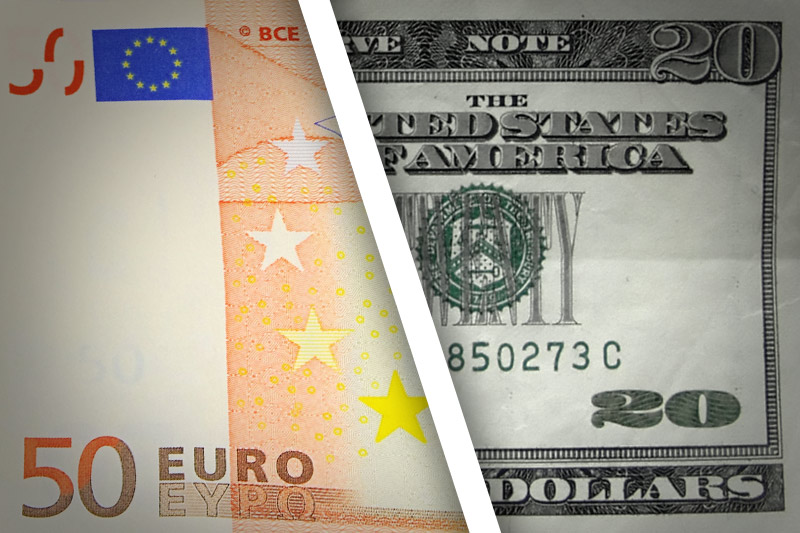Investing.com - The dollar slumped against the euro on Tuesday after a key U.S. factory gauge disappointed investors, who continued to digest Federal Reserve Chair Janet Yellen's dovish Monday comments suggesting policy will remain loose for some time to come.
In U.S. trading, EUR/USD was up 0.28% at 1.3809, up from a session low of 1.3769 and off a high of 1.3816.
The pair was likely to find support at 1.3705, Friday's low, and resistance at 1.3876, the high from March 24.
The Institute for Supply Management reported earlier that its manufacturing purchasing managers' index rose to 53.7 in March from 53.2 in February, missing market expectations for a 54.0 reading.
The report showed that employment growth slowed, with the employment index falling to 51.1 from 52.3, the lowest level since June 2013.
The numbers weakened the dollar as investors avoided the greenback ahead of Friday's March jobs report, which many feel may depict and improving albeit sluggish U.S. economy, one still in need of Federal Reserve stimulus support.
On Monday, Fed Chair, Yellen said in a speech that the U.S. economy still needs monetary support to ensure more sustained recovery.
"I believe it is appropriate for the Federal Reserve to continue to provide substantial help to the labor market, without adding to the risks of inflation, is because of the evidence I see that there remains considerable slack in the economy and the labor market," Yellen said in prepared remarks of her speech.
The Fed is currently purchasing $55 billion in bonds a month to spur recovery, a monetary policy tool known as quantitative easing that suppresses interest rates to prop up the economy, weakening the dollar as a side effect.
Yellen's words sent investors reevaluating the pace at which the U.S. central bank will taper its bond-buying program let alone begin hiking benchmark interest rates.
"I think this extraordinary commitment is still needed and will be for some time, and I believe that view is widely shared by my fellow policymakers at the Fed," Yellen said.
The single currency, meanwhile, rose after Markit Economics reported that the euro zone's purchasing managers' index came in at 50.3 in March, unchanged from February and in line with expectations.
However, average input costs declined for the second straight month and output prices also dipped, adding to pressure on the European Central Bank to implement fresh policy measures to stave off the threat of deflation in the region.
Separate data revealed that the euro zone's unemployment rate came in at 11.9% in February, lower than expectations for a 12.0% reading.
The euro was up against the pound, with EUR/GBP up 0.35% to 0.8293, and up against the yen, with EUR/JPY up 0.56% at 142.95.
The yen slid for another day on expectations that China will implement fresh stimulus measures to shore up slowing growth, which dampened safe-haven demand for the Japanese currency.
On Wednesday in the euro zone, Spain is to release data on the change in the number of people unemployed.
The U.S. is to release the ADP report on private-sector job creation, which leads the government’s nonfarm payrolls report by two days. The U.S. is also to release data on factory orders.
